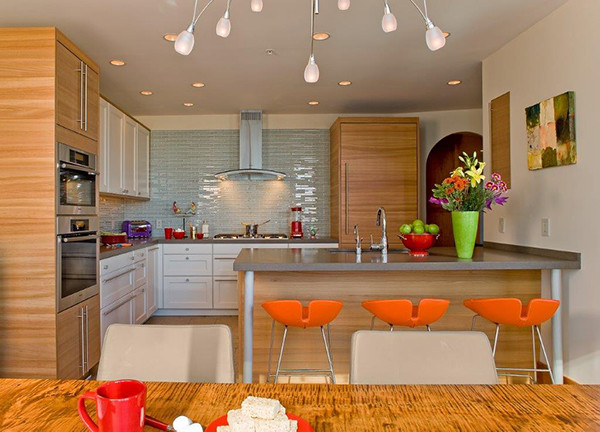


He also writes Oculus Enoch, a book that described the binocular design and first introduced the words “ocular” and “objective”. Luckily, Anton Schyrle, a monk from modern day Czech Republic, reverted the Kerplerian telescope by adding an extra lens to the eyepiece. Many regard Kepler’s findings as the foundation of modern optics. The structure of Keplerian telescopes allowed for substantially higher magnifications, but inverted the image. This substitution allowed more light to come into the eyepiece, developing the larger field of view. He altered Galileo’s design by using a convex lens as the eyepiece, opposed to a concave one. In 1611, Johannes Kepler introduced binoculars with a wider field of view. Galilean telescopes are also known as terrestrial telescopes because the observer could view magnified, upright images on earth or in the sky using erecting lenses. He used a convergent objective lens and a divergent eye lens, resulting in a non-inverted, upright image. Only a year later, the famous Italian philosopher and mathematician, Galileo Galilee, improved magnification to 3X and then again to 30X. Optically, a lot still had to be done to make Lipperhey’s binoculars efficient. However, binoculars are much more than combining two telescopes. “To ascertain … whether he could improve it so that one could look through it with both eyes.” In several months Lipperhey abided and connected two parallel telescopes, creating the first ever model of binoculars. Unfortunately, his request did not get approved, but instead was followed by a suggestion from the committee reviewing his application. In 1608 Dutch optician Hans Lipperhey applied for a patent on his marvelous new invention. It all began with the creation of the telescope. Several landmark inventions gave way to the product we recognize today. Opera glasses were the result of generations of scientific discoveries. However, the history of binoculars can be traced back 400 years. The structure of opera spectacles has not changed much since the making of our A. Our particular opera glasses can be speculated to hail from the turn of the 20th century. A pair of opera glasses during this time can cost between $5-$80, equating to about $130-$2000 today, depending on how ornate of glasses the buyer would like. Beginning in 1822, three generations of brothers provided jewelry, silverware, hair ornaments, fans, and opera glasses to New England. was a jewelry retailer located in Charleston and Boston, Massachusetts during the 1800s. Stowell & Co, Boston” around both the eyecups. One way people try to differentiate the similar models is by looking at the retailer’s trademark. Most opera glasses followed this structure, all looking very similar. Turning the wheel adjusts the zoom and focus to the preference of the user. Perpendicular to the bridges is a brass rod that is the location of the focus wheel. Brass bridges at the objective lens and the eyecups conjoin the two scopes. The glasses are essentially an elegant pair of binoculars comprised of brass and mother of pearl. This week’s object is a pair of opera glasses that would have been used by the cultural elite at the turn of the 20th century. This accessory made any of those thousands of seats a preferable one. To optimize the experience, most socialites brought along opera glasses to better see the stage. However, in such a vast theater, it was difficult to perfectly view the performance. With 3,800 seats, the “Met” became the premier musical venue for any upper class New Yorker. American opera started to become more prevalent once the Metropolitan Opera House was built in 1883. Even then, it was mostly enjoyed by high society. While the opera had been well established in Europe since the 16th century, it did not become popular in the United States until the 19th and 20th centuries.


 0 kommentar(er)
0 kommentar(er)
